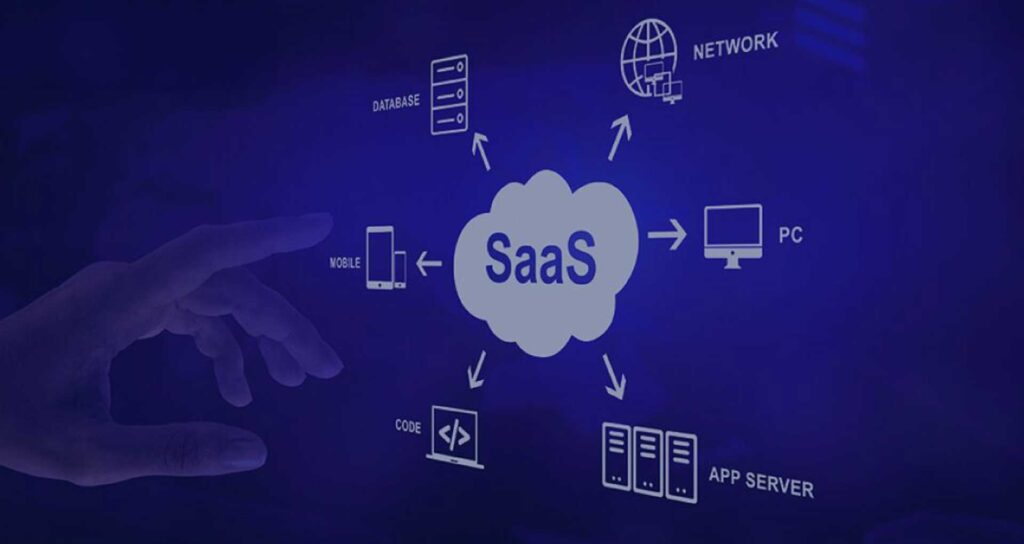Understanding AI SaaS Product Classification Criteria: A Deep Dive

ai saas product classification criteria
As artificial intelligence continues to transform digital operations, it becomes more essential to clearly define and categorize different AI-powered SaaS offerings. For developers, investors, and users alike, knowing how to evaluate these products is a crucial step in determining value, functionality, and scalability. In this blog post, we explore AI SaaS product classification criteria in detail—offering a structured and simplified lens through which these intelligent solutions can be understood and categorized.
What Are AI SaaS Products?
AI SaaS (Artificial Intelligence Software as a Service) refers to cloud-based software solutions that integrate intelligent behavior into their core functionalities. These products often include features like automation, predictive analytics, natural language understanding, and self-learning capabilities. Since AI tools are often embedded within larger systems, it becomes necessary to distinguish the types and functions of these tools using well-defined AI SaaS product classification criteria.
Why Is Classification Important?
With the rapid expansion of AI-powered tools in the cloud ecosystem, the market has become flooded with offerings that claim to be intelligent. However, not all AI is equal. Some tools use basic algorithms while others deploy highly complex neural networks. Without an effective classification system, buyers may not fully understand what they’re investing in, and creators may struggle to differentiate their offerings.
AI SaaS product classification criteria provide a framework for analyzing functionality, intelligence depth, application area, and target user. This helps streamline procurement, implementation, and evaluation processes for businesses.
Key AI SaaS Product Classification Criteria
Let’s explore the most essential aspects used to classify AI-powered SaaS products.
1. Intelligence Architecture
One of the first AI SaaS product classification criteria relates to how the artificial intelligence is structured. This often includes:
- Rule-Based AI: These systems follow a strict set of pre-defined rules. They do not adapt or learn from data but execute logic built by developers. Useful in scenarios requiring predictability.
- Machine Learning AI: These systems improve performance through exposure to data. They adapt over time without explicit programming for every scenario.
- Deep Learning AI: These tools use neural networks to mimic human-like reasoning, pattern recognition, and language comprehension.
By understanding what kind of intelligence a product offers, users can match it to the problem at hand.
2. Functional Domain
Another important AI SaaS product classification criteria involves the specific business function the tool is designed for. Common categories include:
- Customer Service AI (e.g., chatbots, sentiment analysis)
- Sales and Marketing AI (lead scoring, customer segmentation)
- Finance AI (fraud detection, credit scoring)
- Operations AI (demand forecasting, logistics optimization)
- HR AI (resume screening, performance tracking)
This domain-specific classification ensures that products are being assessed relative to the function they are designed to enhance.
3. Degree of Autonomy
AI tools differ in how much they can operate without human involvement. This leads to one of the more nuanced AI SaaS product classification criteria—autonomy level:
- Assisted Intelligence: The AI supports a human decision-maker with suggestions or insights.
- Augmented Intelligence: The AI not only assists but learns from human decisions and offers predictive actions.
- Autonomous Intelligence: The AI can act independently with minimal to no human intervention.
Understanding this helps organizations balance automation and control, particularly in high-stakes industries.
4. Learning Mode
Another critical AI SaaS product classification criteria is how the product learns and evolves:
- Supervised Learning: AI is trained using labeled data. It’s ideal for classification or regression problems.
- Unsupervised Learning: The system identifies hidden patterns without labeled data, often used for clustering and association tasks.
- Reinforcement Learning: The AI interacts with the environment and learns from feedback in the form of rewards or penalties.
This classification is important for businesses seeking long-term adaptability and efficiency.
5. User Interface Complexity
Not all users are data scientists. Thus, an important AI SaaS product classification criteria is how accessible the platform is to different types of users:
- Code-Driven: Designed for developers and data scientists, typically requiring programming skills.
- Low-Code/No-Code: Built for business professionals with limited technical knowledge.
- Hybrid Interface: Offers both advanced developer tools and simplified dashboards for non-tech users.
The ease of use plays a significant role in adoption and productivity.
6. Data Dependency
How much data an AI system requires is another dimension of AI SaaS product classification criteria:
- Data-Light: Performs adequately with small datasets. Typically used for narrow and well-understood tasks.
- Data-Heavy: Requires vast amounts of data to function optimally. Used in scenarios involving prediction, personalization, or diagnostics.
This helps organizations evaluate if they have the infrastructure needed to make the AI tool work effectively.
7. Industry Adaptability
Some AI SaaS solutions are purpose-built, while others are flexible across industries. Another valid AI SaaS product classification criteria involves:
- Vertical AI SaaS: Solutions designed for a specific industry (e.g., real estate, healthcare, or finance).
- Horizontal AI SaaS: Broad solutions that can apply across many sectors (e.g., CRM, analytics tools).
Knowing this distinction is crucial when tailoring tech stacks to specific needs.
8. Integration Capabilities
Modern AI tools rarely operate in isolation. Therefore, AI SaaS product classification criteria also focus on integration capabilities:
- Standalone: Operates independently without needing to connect with other systems.
- API-First: Designed to be embedded or integrated easily into other workflows and platforms.
- Embedded AI: Integrated into a larger software suite such as ERP or CRM systems.
Integration determines the ease of adoption and scalability within existing tech environments.
Choosing the Right AI SaaS Product Using Classification Criteria
When organizations are faced with selecting a new AI SaaS tool, these classification criteria act like a checklist. By reviewing intelligence architecture, learning capability, target domain, and user accessibility, they can make informed choices that align with their operational goals.
More importantly, by applying consistent AI SaaS product classification criteria, companies can streamline their vendor evaluations, reduce risk, and invest in the right technology that evolves with them over time.
Final Thoughts
The AI landscape is full of opportunities—but without proper classification, it’s easy to fall into the trap of hype over substance. Well-defined AI SaaS product classification criteria give structure to a rapidly evolving market, allowing buyers and developers to speak a common language.
As artificial intelligence matures, so will the need for deeper, more technical classifications. For now, adopting these foundational criteria is a smart step toward responsible and strategic AI integration.




